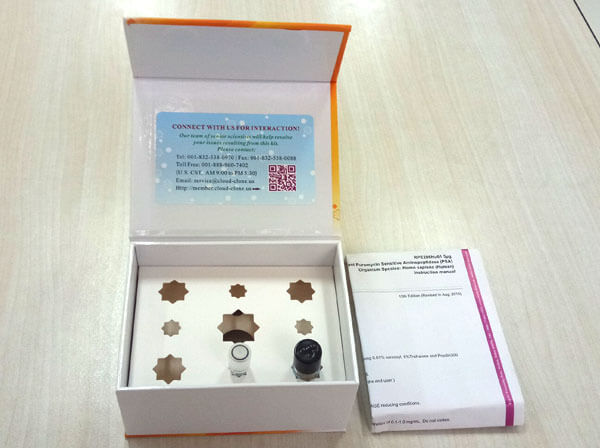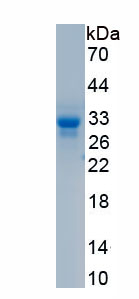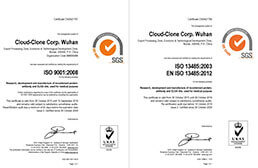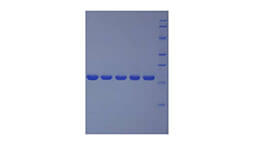Active Acyl Coenzyme A Synthetase Long Chain Family, Member 6 (ACSL6) 

FACL6; LACS2; LACS5; ACS2; Fatty-Acid-Coenzyme A Ligase,Long-Chain 6
- UOM
- FOB US$ 220.00 US$ 550.00 US$ 1,100.00 US$ 3,300.00 US$ 8,250.00
- Quantity
Overview
Properties
- Product No.APD676Mu01
- Organism SpeciesMus musculus (Mouse) Same name, Different species.
- ApplicationsCell culture; Activity Assays.
Research use only - DownloadInstruction Manual
- CategoryEnzyme & Kinase
- Buffer FormulationPBS, pH7.4, containing 0.01% SKL, 5% Trehalose.
- Traits Freeze-dried powder, Purity > 90%
- Isoelectric Point5.7
Sign into your account
Share a new citation as an author
Upload your experimental result
Review

Contact us
Please fill in the blank.
Activity test
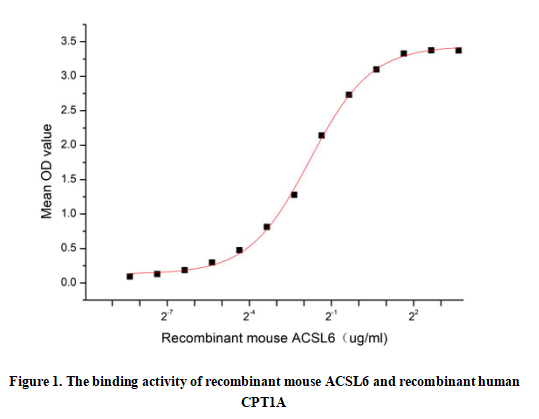
Acyl Coenzyme A Synthetase Long Chain Family, Member 6 (ACSL6) is an enzyme belonging to the acyl - coenzyme A synthetase long - chain family. It activates long - chain fatty acids by catalyzing their conversion to acyl - CoA esters. This process is crucial for fatty acid metabolism, as acyl - CoA esters are key intermediates in various metabolic pathways, such as beta - oxidation and lipid synthesis. ACSL6 is mainly expressed in certain tissues like the liver and adipose tissue, playing a significant role in maintaining lipid homeostasis. Dysregulation of ACSL6 has been associated with several metabolic disorders, including obesity and diabetes.ACSL6 activates fatty acids to acyl - CoA, which is a substrate for CPT1A. Their interaction is essential for the transport of fatty acids into the mitochondria for beta - oxidation.thus a functional binding ELISA assay was conducted to detect the interaction of recombinant mouse ACSL6 and recombinant human CPT1A .Briefly, biotin-linked ACSL6 were diluted serially in PBS, with 0.01% BSA (pH 7.4). Duplicate samples of 100μl were then transferred to CPT1A-coated microtiter wells and incubated for 1h at 37℃. Wells were washed with PBST 3 times and incubation with Streptavidin-HRP for 30min, then wells were aspirated and washed 5 times. With the addition of substrate solution, wells were incubated 15-25 minutes at 37℃. Finally, add 50µl stop solution to the wells and read at 450nm immediately. The binding activity of recombinant mouse ACSL6 and recombinant human CPT1A was shown in Figure 1, the EC50 for this effect is 0.289ug/mL.
Usage
Reconstitute in 10mM PBS (pH7.4) to a concentration of 0.1-1.0 mg/mL. Do not vortex.
Storage
Avoid repeated freeze/thaw cycles. Store at 2-8°C for one month. Aliquot and store at -80°C for 12 months.
Stability
The thermal stability is described by the loss rate. The loss rate was determined by accelerated thermal degradation test, that is, incubate the protein at 37°C for 48h, and no obvious degradation and precipitation were observed. The loss rate is less than 5% within the expiration date under appropriate storage condition.
Increment services
-
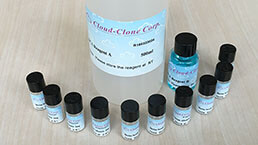 BCA Protein Quantification Kit
BCA Protein Quantification Kit
-
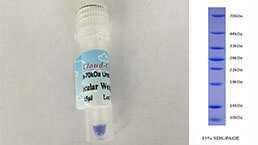 Molecular Mass Marker for Protein
Molecular Mass Marker for Protein
-
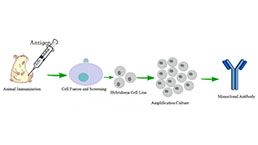 Monoclonal Antibody Customized Service
Monoclonal Antibody Customized Service
-
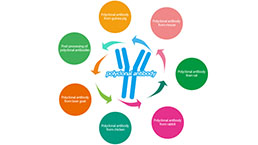 Polyclonal Antibody Customized Service
Polyclonal Antibody Customized Service
-
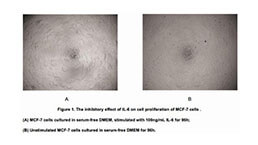 Protein Activity Test Experiment Service
Protein Activity Test Experiment Service
-
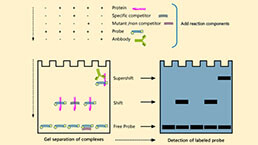 Electrophoretic Mobility Shift Assay (EMSA) Experiment Service
Electrophoretic Mobility Shift Assay (EMSA) Experiment Service
-
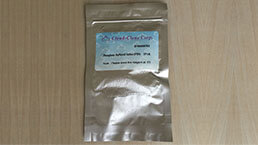 Buffer
Buffer
-
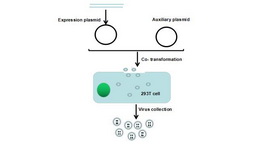 Lentivirus Packaging Experiment Service
Lentivirus Packaging Experiment Service
-
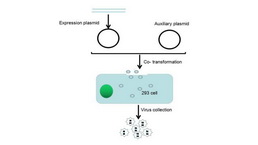 Adenovirus Packaging Experiment Service
Adenovirus Packaging Experiment Service
-
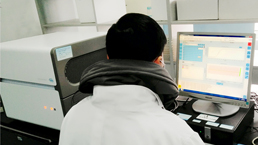 Real Time PCR Experimental Service
Real Time PCR Experimental Service
-
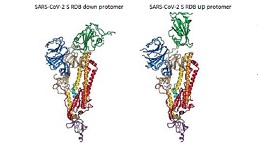 Spike RBD Protein (S-RBD)
Spike RBD Protein (S-RBD)
-
 Protein G
Protein G
-
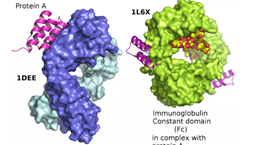 Protein A
Protein A




